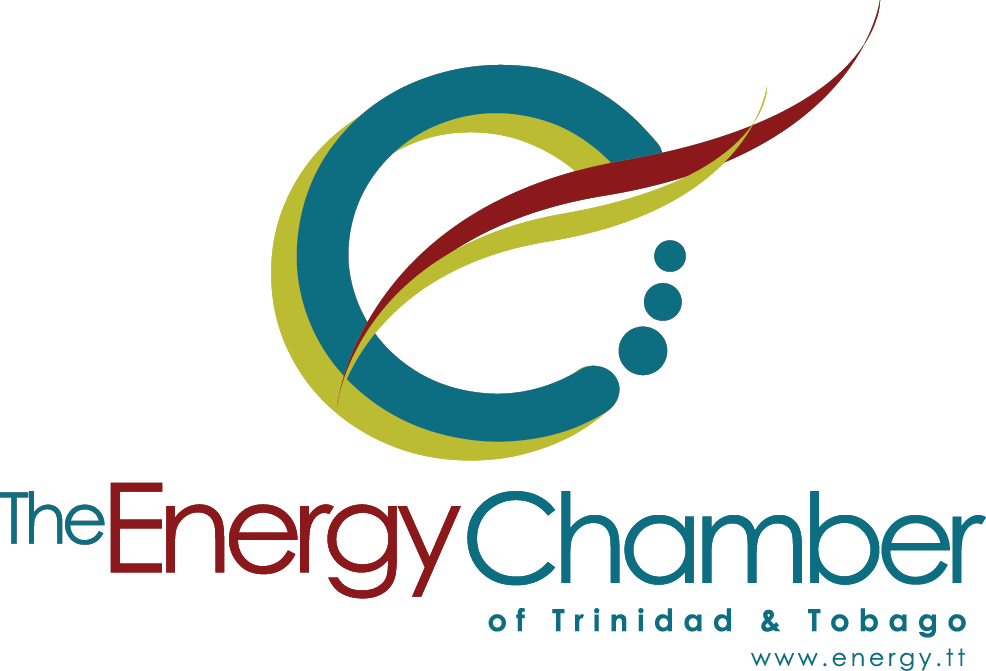The international maritime sector is a vital engine for global trade, yet it is responsible for approximately 3% of global greenhouse gas (GHG) emissions, particularly CO2. This volume is significant, exceeding, for example, three times the total annual emissions of Trinidad and Tobago. The essential movement of goods via sea comes with a heavy carbon footprint that contributes directly to climate change.
The most immediate pathway to decarbonization involves switching to cleaner, less carbon-intensive fuels. Currently, an estimated 99% of the operational global fleet still relies on conventional petroleum-based fuels.
Historically, heavy fuel oil (HFO) has been the most common choice for large commercial vessels due to its high energy content and low cost. HFO is a thick, highly viscous residue with a high sulfur content. This high sulfur level led the International Maritime Organization (IMO) to implement the landmark IMO 2020 regulations, which severely restrict sulfur content to mitigate pollution in sensitive marine and coastal environments.
Meanwhile, Marine Diesel Oil (MDO) and Marine Gas Oil (MGO) are lighter, more refined petroleum products. They are widely used by smaller vessels, coastal ships, and for regulatory compliance in Emission Control Areas (ECAs). Despite being cleaner than HFO, all these conventional fuels continue to release substantial volumes of CO2 upon combustion.
The industry is now entering a critical transition phase driven by the growing adoption of alternative, low-carbon fuels such as Liquefied Natural Gas (LNG), Liquefied Petroleum Gas (LPG), methanol, ammonia, and hydrogen.
Data from the IMO and DNV’s Alternative Fuels Insight Platform, as of September 2025, highlights that the uptake is still nascent: 87% of new vessel contracts in the last 12 months were still for conventional fuel ships, compared to only 13% for alternative fuel vessels .
Among the alternative options, LNG currently dominates, accounting for about 72% of the alternative energy market in 2025. While LNG is expected to maintain the largest share, DNV data indicates a significant trend shift after 2026. Methanol is projected to play a much greater role, potentially surpassing LPG to become the second most popular alternative fuel choice.
This contracting data points to two key market challenges: the current slow uptake is driven primarily by the higher initial cost and limited global availability of alternative fuels compared to conventional ones.
However, the trend of issuing more contracts for new, dual-fuel vessels signals an inevitable increase in global demand for these fuels. As technology advances and the efficiency of vessels and supply chains improves, the cost differential is expected to narrow.
This transition creates a unique export opportunity for nations like Trinidad and Tobago, which already produce key maritime fuels like LNG, methanol, and LPG, and have the potential to scale up production of emerging fuels such as ammonia and hydrogen to serve these new international markets.


